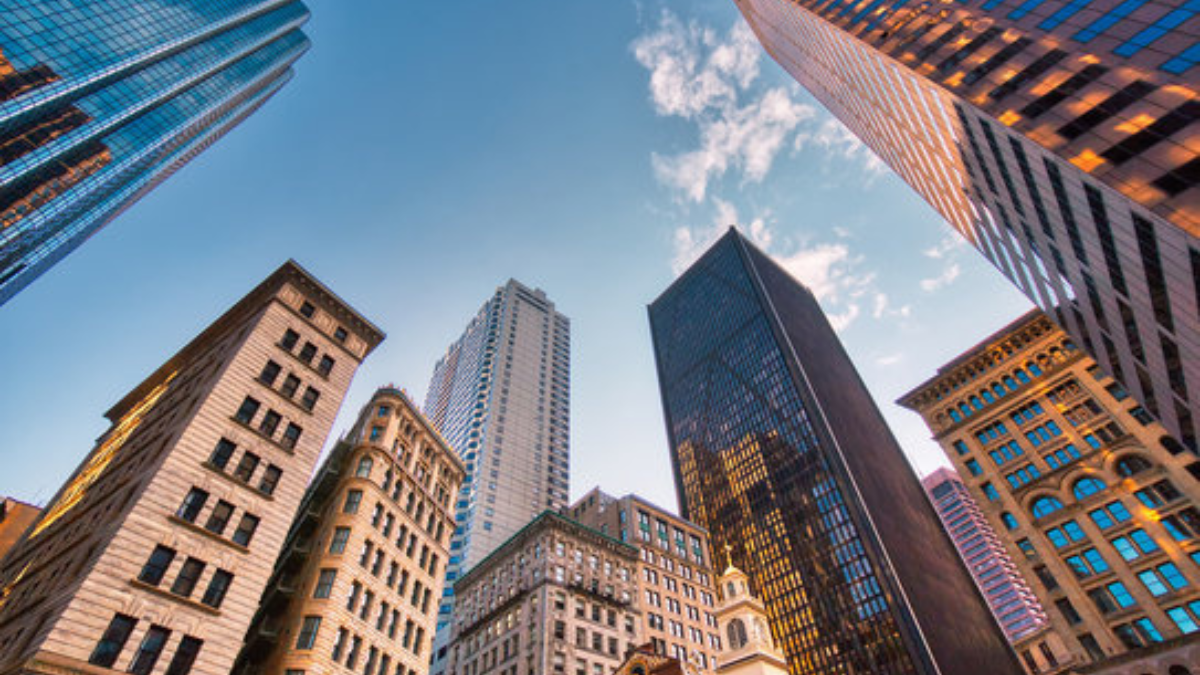In the ever-evolving tapestry of human civilization, cities represent the heartbeat of progress and development. As we step into the year 2025, the world continues to witness unprecedented urbanization, with cities growing larger and more populous than ever before. In this article, we’ll explore the top 10 largest cities in the world by population in 2025, showcasing the diverse and dynamic urban landscapes that define our planet.
World’s Largest City By Population 2025
In 2025, Tokyo, Japan, stands as the world’s largest city, with an astonishing population of 37.4 million—four times that of New York City. Covering an extensive area of 13,452 square kilometers, the Greater Tokyo Area has an average density of 2,642 people per square kilometer. Housing shortages drive the popularity of small 9-square-meter apartments. Despite its efficient and punctual public transport, residents face challenges due to traffic congestion and crowded streets, reflecting the complex realities of urban life in Tokyo.
Top-10 Largest Cities in the World By Population
Tokyo city of Japan with the population of 37,194,105 holds the title of the largest city in the world, followed by Delhi (India), Shanghai (China), Dhaka (Bangladesh) and Sao Paulo (Brazil).
Here is the list of top-10 largest cities in the world by population:
| Largest Cities in the World By Population | ||||
| S. No. | City | Country | 2023 Population | Growth Rate |
| 1. | Tokyo | Japan | 37,194,105 | -0.21% |
| 2. | Delhi | India | 32,941,309 | 2.73% |
| 3. | Shanghai | China | 29,210,808 | 2.43% |
| 4. | Dhaka | Bangladesh | 23,209,616 | 3.25% |
| 5. | Sao Paulo | Brazil | 22,619,736 | 0.85% |
| 6. | Mexico City | Mexico | 22,281,442 | 0.89% |
| 7. | Cairo | Egypt | 22,183,201 | 1.99% |
| 8. | Beijing | China | 21,766,214 | 2.03% |
| 9. | Mumbai | India | 21,296,517 | 1.6% |
| 10. | Osaka | Japan | 19,013,434 | -0.24% |
Largest City in the World – Tokyo, Japan
- 2023 Population: 37,194,105
- 2022 Population: 37,274,002
- Growth Rate: -0.21%
In 2025, Tokyo holds the title of the world’s largest city, with a population of about 37.4 million people, nearly four times that of New York City. The Greater Tokyo Area covers 13,452 km², with a dense average of 2,642 people per square kilometer. This massive population creates housing shortages, making tiny 9m² apartments common. Daily life also faces challenges like traffic jams and crowded yet punctual public transport, reflecting both the energy and pressures of this vast metropolis.
Second Biggest City in the World – Delhi, India
- 2023 Population: 32,941,309
- 2022 Population: 32,065,760
- Growth Rate: 2.73%
As the world’s second-largest city, the National Capital Territory of Delhi encompasses New Delhi and several regional states. With a rich history spanning over 2,000 years, Delhi grapples with outdated infrastructure despite recent road projects to alleviate traffic. The city battles significant pollution from roads and industry, coupled with housing challenges, where approximately 50% of the population resides in sub-standard accommodations.
Third Biggest City in the World – Shanghai, China
- 2023 Population: 29,210,808
- 2022 Population: 28,516,903
- Growth Rate: 2.43%
Shanghai, now the world’s third-largest city, evolved from a small fishing village, thriving due to its strategic location at the southern estuary of the Yangtze River. Boasting the colossal Nanjing Road shopping district, a blend of modern malls and traditional Chinese outlets, the city’s 5.5km commercial streets rival global hubs like Oxford Street in London and the Champs-Élysées in Paris, attracting one million daily shoppers.




 Which Glacier is the Source of the Brahm...
Which Glacier is the Source of the Brahm...
 Which City of Germany is Known as the Gr...
Which City of Germany is Known as the Gr...
 Which Peak is Known as the Five Treasure...
Which Peak is Known as the Five Treasure...







